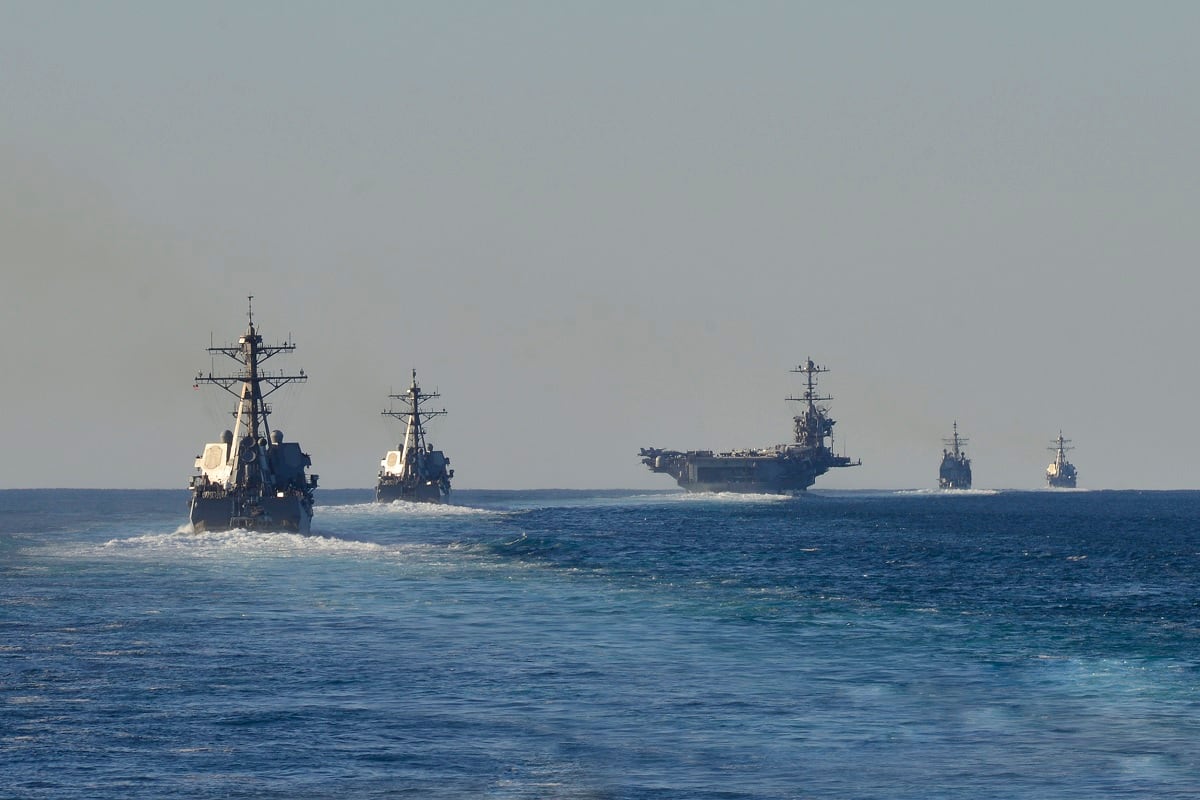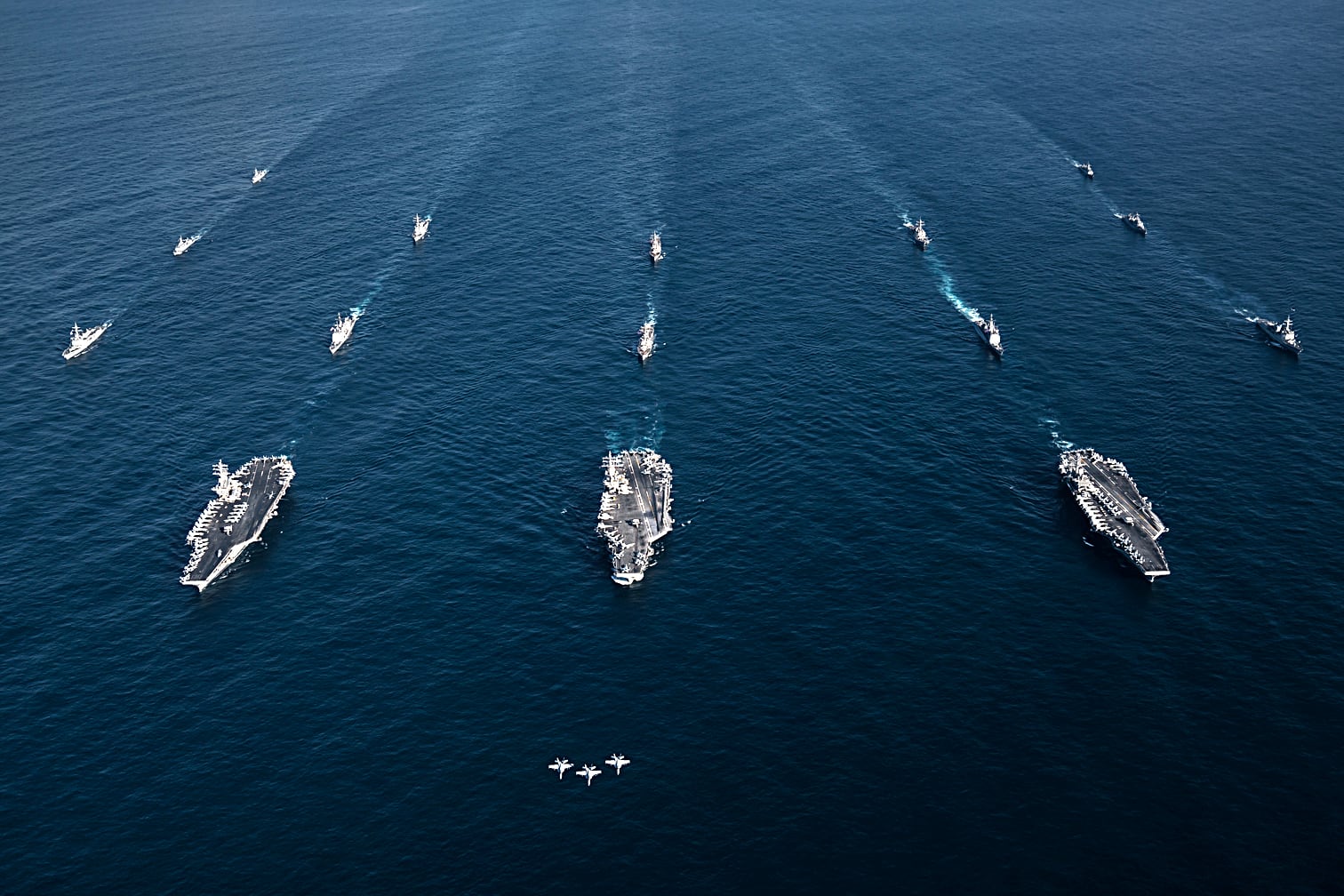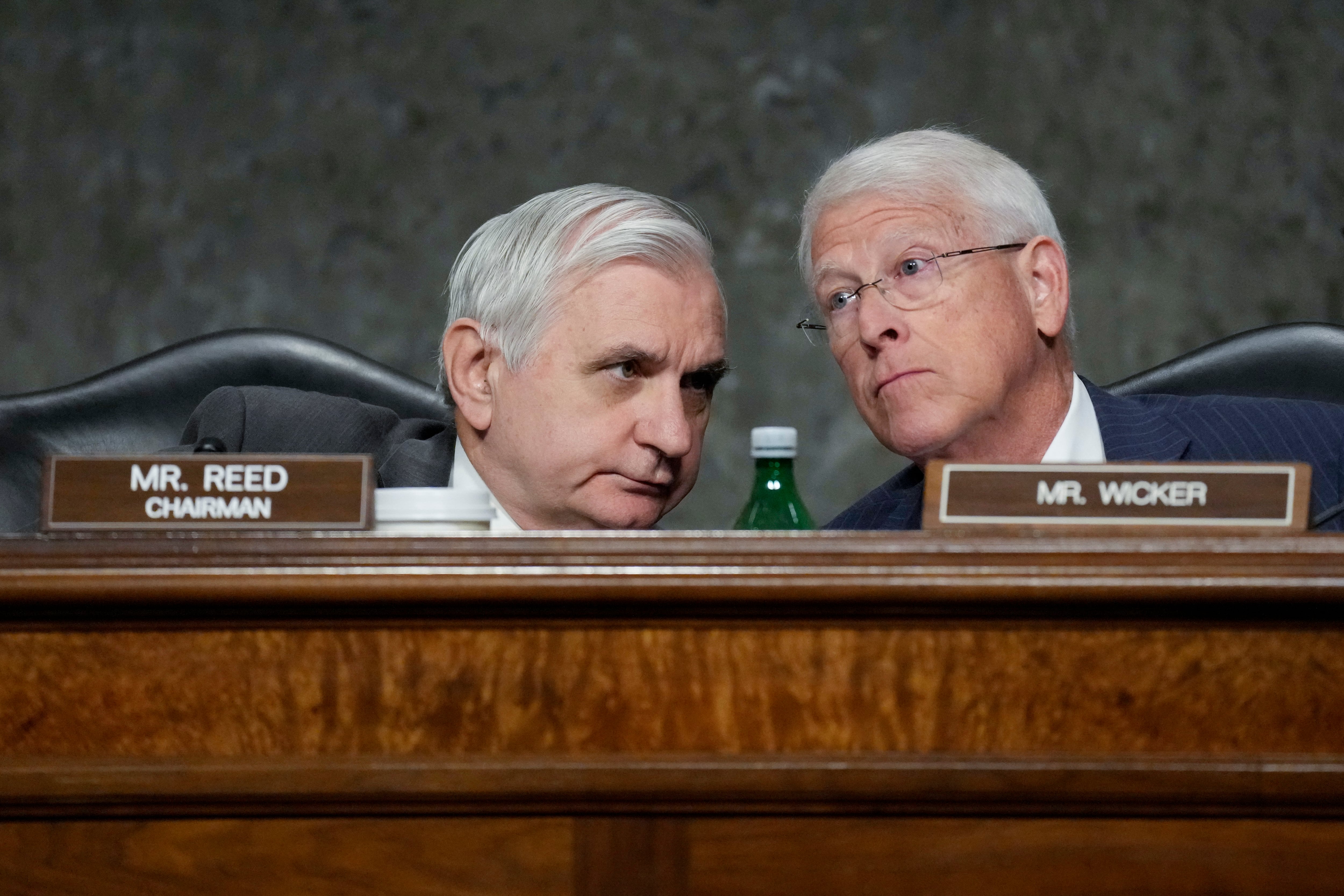Navy admirals are concerned about the economic viability of shipyards and other suppliers as the branch works toward its goal of a 355-ship fleet.
RELATED

A panel discussion on innovation in shipbuilding at the annual Sea-Air-Space exposition in National Harbor, Maryland, focused heavily on shortcomings in the shipbuilding industry and the effects they have on the Navy’s capacity to maintain and grow its fleet.
“We’re not going to get to 355 ships without the help of the industrial base,” said Vice Admiral Thomas Moore, commander of Naval Sea Systems Command.
According to many of the panelists, the shipbuilding industry is struggling because of a lack of consistent demand from the Pentagon. Fluctuating budget requests mean shipyards are overwhelmed with work at times, and underwhelmed at others.
“We have seen boom and bust over the years, and we understand that stability is absolutely vital,” said Allison Stiller, principal civilian deputy assistant secretary of Navy Research, Development and Acquisition.
Panelists recommended the Navy purchase ships in blocks and make multi-year deals with suppliers to help provide some of that stability.
Stiller suggested the Navy help build a national shipyard workforce to help offset some of the personnel losses in the industry.
Whatever the means, the consensus of the panel was clear: if the Navy wants to reach magic number 355, it needs to help keep shipyards alive.
“The more that we can do on the Navy side ... to help stabilize the industrial side ... will go a long way,” said Rear Admiral William J. Galinis, the head of Program Executive Office-Ships.




